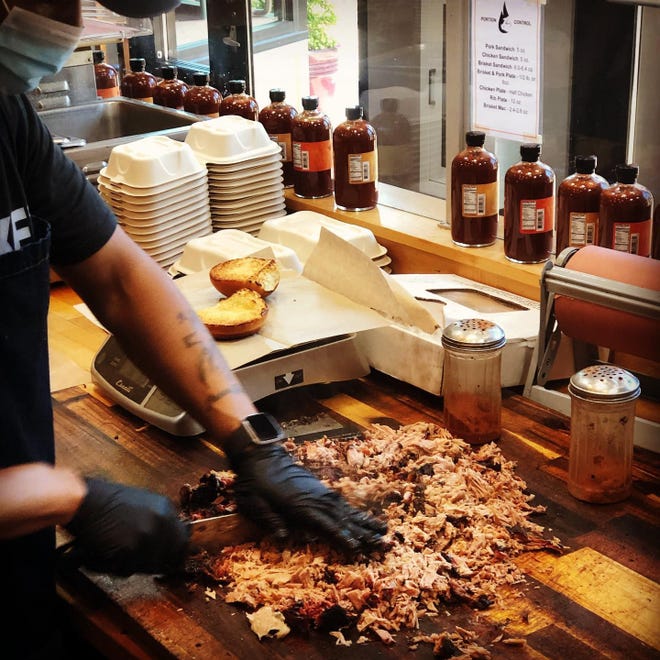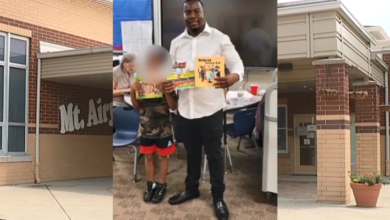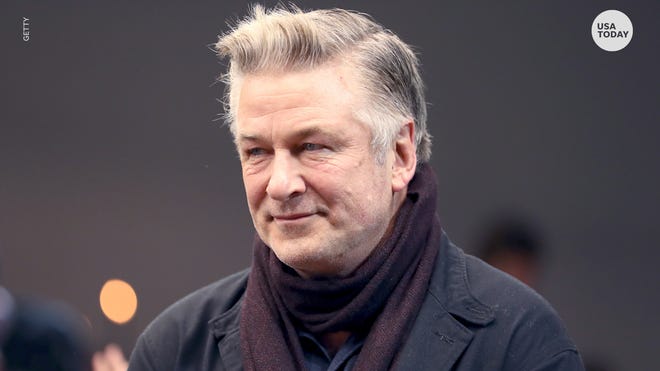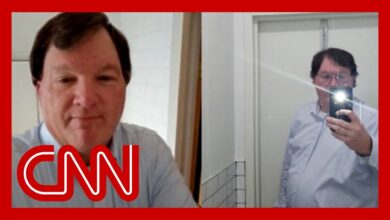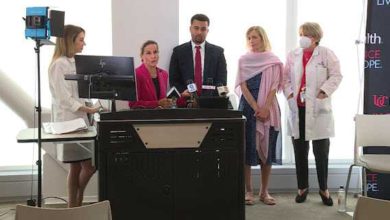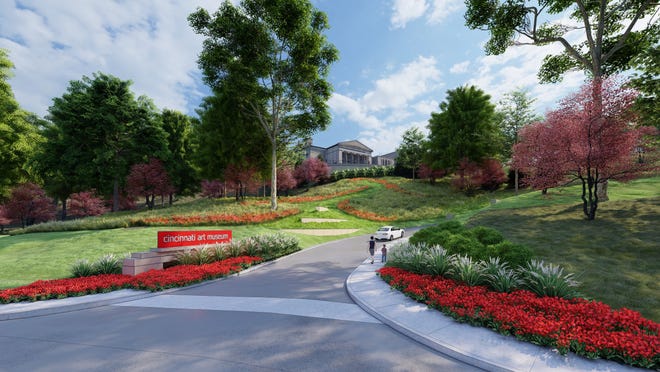

The Cincinnati Art Museum announced Wednesday evening it was entering the public phase of its $65 million “A New View” campaign, launched in 2016 to implement an ambitious and aggressive new strategic plan.
To date, the museum says it has raised $55.3 million of the total. But that was accomplished quietly and behind the scenes.
Now, with just under $10 million more to raise, the effort has gone public.
The first physical manifestation of the campaign was the $8.2 million Art Climb, the 164-step, sculpture-lined stairway that leads from Eden Park Drive and Gilbert Avenue up to the museum’s hilltop location in Eden Park.
Next came the ramps and new traffic patterns that made the museum’s parking fully accessible.
On Wednesday evening, Cameron Kitchin, the museum’s Louis and Louise Dieterle Nippert director, revealed renderings of the next phase of the improvements: the Wyler Family Entrance, a road that will curve up with hill from Eden Park Drive to the museum’s multicolumned front entrance.
For many decades, vehicles entering the museum complex have had to approach it from Art Museum Drive, at the rear of the building. Long before they get to the front entrance, they drive past the loading dock and utility hookups. The rear entrance will still be an option. But it is likely most people will opt to experience this new road to the building.

“Here, we had this grand location atop a hill looking out onto several neighborhoods of the city,” Kitchin said in an interview with The Enquirer this week. “But over the decades, through a series of architectural expansions, we had ceded the advantages of this wonderful site.”
A thick forest of trees had grown up around the museum, making it all but invisible from surrounding streets. And the addition of several new wings further obscured whatever architectural focus the original building might have had.
One of the earliest people recruited to the effort to redefine the museum’s hilltop location was Chris Manning, principal/landscape architect and co-founder of Human Nature Inc., a Walnut Hills landscape architecture and environmental planning firm.
“If you step back and consider how we’ve presented the museum to the public in the past, it’s as if we’ve been inviting people into the back door,” said Manning. “In the front, it’s like an Acropolis on the hill.
"So we reimagined a new arrival sequence – and the choreography of that arrival – through a landscape that would be like a grand, dramatic painting.”
Look at the renderings and you can see very clearly what Manning is talking about. There are expansive meadows on either side of the road as it curves back and forth on its way to the top of the hill. The sculpted meadows will be filled with wildflowers and indigenous grasses, providing a generous pollinator habitat.
While there is a paved sidewalk next to the road, there are also “grass walks” leading pedestrians through the landscaping. And you will finally be able to see the majestic front of the 1907 Schmidlapp entrance, designed by Chicago architect Daniel Burnham.
“There won’t be any 'keep off the grass' signs,” said Manning. “We want you to experience this newly revealed hillside with all of your senses.”

These changes are only the most visible outcomes of that 2016 strategic plan. Kitchin and the group he assembled to re-imagine the museum’s future explored all manner of broad, philosophical questions. What could the CAM be? What should it be? Whom does the museum serve? And how well were they accomplishing that service?
“Our goal was to return to being a museum for all of Cincinnati,” said Kitchin. “The day the museum opened in 1886, the mayor gave city workers a day off.”
Today, the museum has free admission and free parking. And it has developed a wide variety of programs that reach out in the surrounding communities.
“At the end of the day, this museum is a community project,” said former museum board President Amy Hanson, who led the strategic plan development along with the late Polk Laffoon IV.
“All these things we have done so far have opened our doors to the communities around us. We want to be a hub of activity for Cincinnati. We want people to come here to enjoy the art, of course. But we also want them to see this as a place of discourse. Or solitude. Or as a respite.
"What we don’t want it to be just a museum of the past. We are in business to serve our community.”
There are more plans in the offing, including ways to add sculpture and accessible paths through the tree-covered hillside facing Gilbert Avenue and make better physical connections with the Seasongood Pavilion, Playhouse in the Park and Mount Adams.
“Now there will be no question for people if they belong here or not,” said Kitchin. “We see these changes – and those to come – as an embrace to all of Cincinnati.”
Source link


